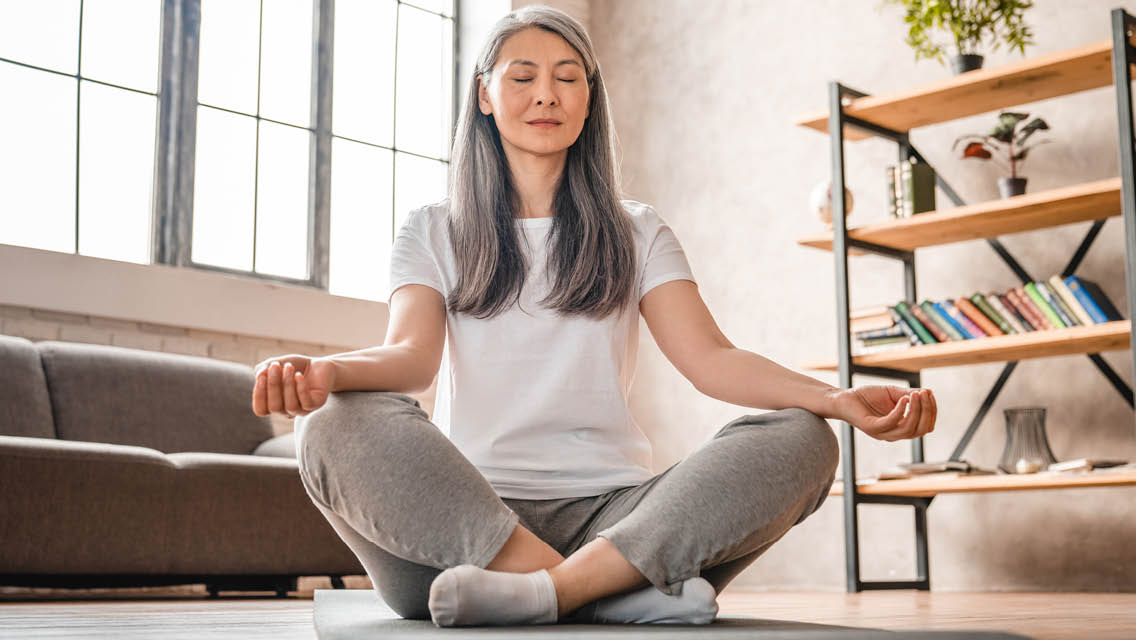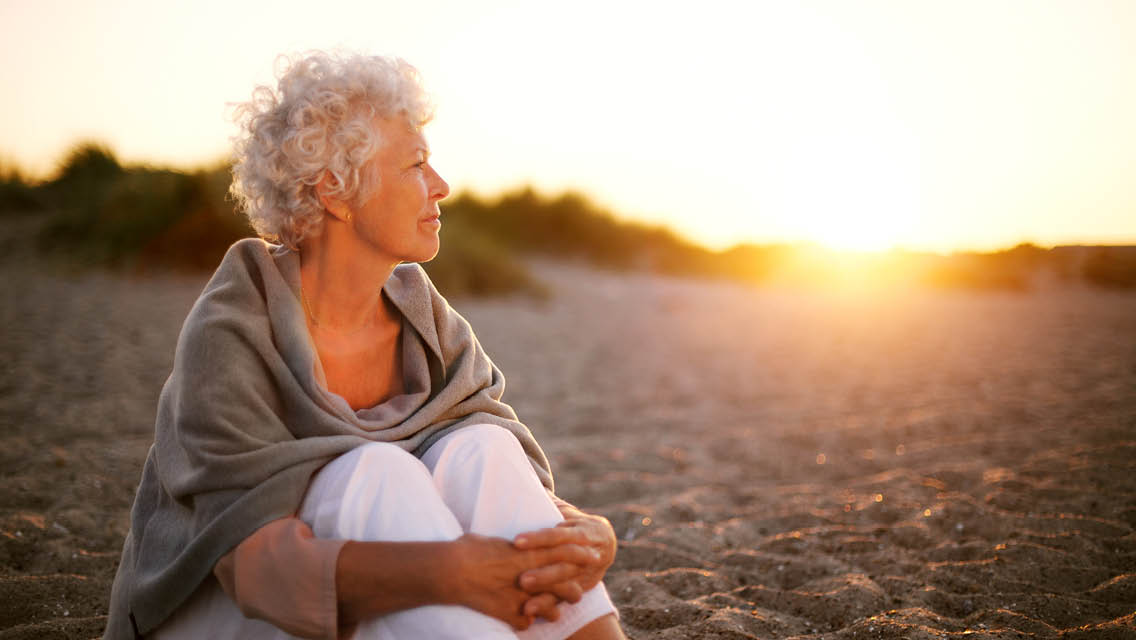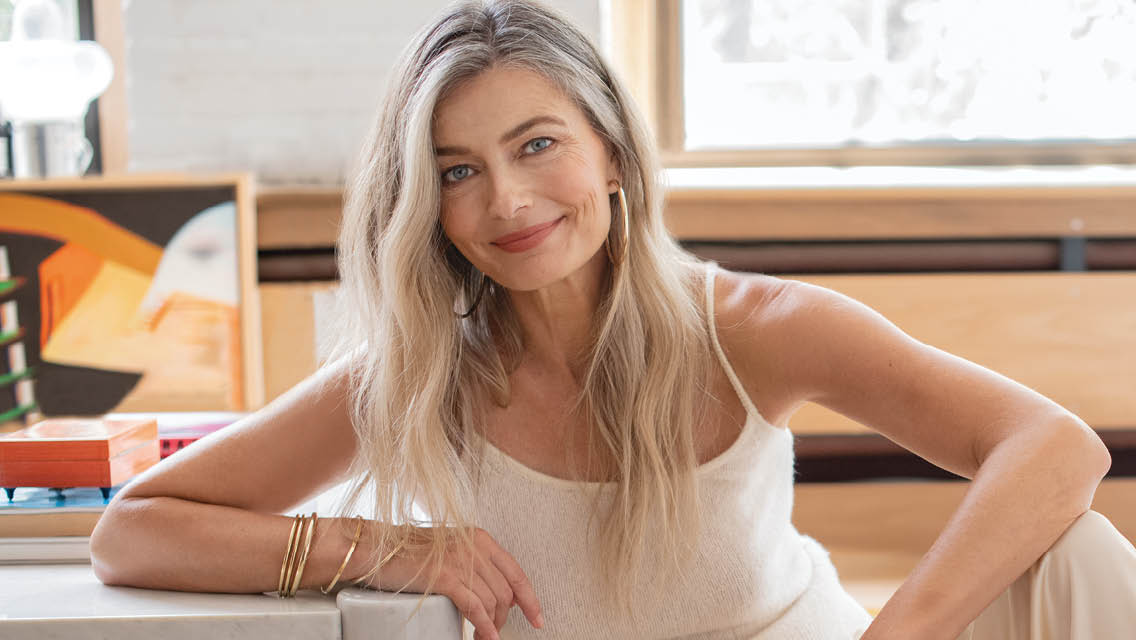“What are you training for?”
During my past three decades as a fitness enthusiast, my goals and motivations to exercise have varied widely. I’ve trained for aesthetics, for performance, and for health. I’ve trained in pursuit of joy, self-expression, and self-acceptance. I’ve trained as a matter of day-to-day habit and hygiene, moving my body in order to hold on to the ability to move.
My strength coach knows me well enough to understand that my reasons shift, and he routinely checks in to see where my head and heart are at. Even if my answer doesn’t have a major impact on programming, it feels good to articulate why I’m doing something, if only to avoid going through the motions without a sense of purpose.
Recently, as I was transitioning from one training cycle to another, he asked me what I was training for next — what my goals were, what I found motivating right then. In other words, he wanted to know my why, the big-picture reason that keeps me showing up for my workouts and myself.
“Antiaging,” I said.
At the time, I’d been steeped in research and interviews on fitness and aging for my work at Experience Life; all the information busted the myth that fitness, exercise, and sport are only for the young.
The resounding message from experts and athletes was that aging is not a downhill sprint punctuated by sedentariness, diminished muscle mass, low bone density, and the like. The people we’ve talked to and the science we’ve cited all insist that exercise — especially weight-bearing activity and activities that you enjoy enough to do consistently — will keep you healthier and more mobile than if you skipped it. In other words: Exercise keeps you young. (Learn more about the lifelong benefits of fitness at “Fit for Life: You’re Never Too Old to Get Moving.”)
When my coach prodded me to explain what I meant by antiaging, I pointed to the experts and said that I wanted to preserve as much mobility and physical function as possible, in a way that was sustainable. I wanted to make myself resilient in the face of injuries, keep up with all the activities I enjoy, and let exercise work its magic on all the systems of my body. (Read more about the many ways movement benefits your whole body at “The Benefits of Moving Your Body.“)
My coach promised that wasn’t too tall an order. After all, I was only 39.
Never too early to start, I thought, considering the ways my body had changed in my 30s. On the one hand, I’d grown stronger, fitter, and healthier than ever. But I could feel the effects of living life. The time under tension had built up over the years.
Now, approaching 40, cool-downs, rest days, and other tenets of active recovery are nonnegotiable if I want to avoid pain, injury, and fatigue that could ruin not only my next workout but my quality of life.
With this in mind, I want to get ahead of other “age-related” issues before they arise. As the adage goes, an ounce of prevention is worth a pound of cure.
Still, something about my answer rubbed me the wrong way: the wording. Antiaging. I was struck by how pejorative it sounded, how scornful. My thoughts roiled. I’m not against aging, I reminded myself. I want to age — getting older is the goal! I considered my words, wondered if I could do better.
It may seem like a small difference that has nothing to do with working out, but I’ve learned — many times over — that the way I speak to myself, and the stories I tell about myself, matter. Being careful and considerate with my word choice carries over into how sustainable, and therefore effective, a workout routine is.
With some thought, I realized that what I really want is a sense of agency over how I will spend the coming years. I don’t need exercise to keep me young, because I don’t want to be young forever. Rather than viewing fitness as a fountain of youth, I yearned to change my perspective to view it as a tool — one of many — to live my life to the fullest.
When this piece of writing lands in mailboxes, I’ll be two months away from turning 40. Not young, as many people would define it. Not old, either. Forty is just me, as I am, right now. I hope I can hold on to the feeling that I’m OK with that — more than OK, really — for many years to come.
This article originally appeared as “From Antiaging to Proaging” in the May 2023 issue of Experience Life.





This Post Has 0 Comments